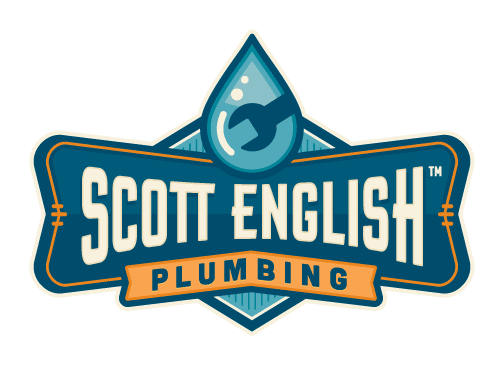Sump Pumps: What You Need to Know
If you’re unsure what a sump pump is, chances are your home doesn’t have a basement. For homeowners with a basement, a sump pump is a good idea. This device sits in the basement, either submersed beneath the foundation or above the floor. It pumps out any excess water that collects in the sump basin to keep your basement from flooding. Unfortunately, many homeowners find out that they need a new sump pump when it’s too late, and their basement floor is a flooded, watery mess. Here are a few things to keep in mind when you are looking to purchase or maintain a sump pump.
Do You Need a Sump Pump?
Many homeowners wonder if they even need a sump pump for their basement. If you are fortunate enough to have a house that never floods, then a sump pump for the basement is not an essential item. However, if your home is prone to flooding, has a water problem, or is located in a region that experiences flooding, a sump pump is an excellent investment. As you probably know, a wet basement causes all sorts of problems, including mold, rot, rust and unhealthy indoor air quality.
Purchasing a Sump Pump
If you find that you need to purchase a sump pump, here are a few tips:
If you have the space available, choose a submersible pump instead of a pedestal pump. A submersible pump comes with a lid, which helps reduce pump noise and keeps debris from clogging the basin.
Look for a pump that has a metal or cast iron core instead of plastic. It will last longer.
Look for a pump with a mechanical switch as opposed to a pressure switch. Also make sure the float is solid, so there’s no chance of it becoming waterlogged and failing to switch off (and burn out) the pump.
Secondary or Backup Sump Pumps
If you’ve determined that a sump pump is needed in your home, you may also want to consider installing a secondary or backup sump pump as well. It sits next to your primary pump and takes over if your first pump fails or can’t handle an excess of water. You can also look into a battery backup pump for those times when the power goes out. That way the pump can keep working for an extra day or two. If you have living quarters in your basement or keep valuables there, a secondary or backup pump is definitely a good idea.
Sump Pump Maintenance
Whether you’ve purchased a new pump or moved into a home with an existing pump, maintenance is crucial to keeping your pump in good working order.Sump pumps sit a long time without use. Don’t get caught unprepared when you really need it to work. Here are some maintenance tips:
About 2 or 3 times a year, clean your pump’s inlet screen. Also check to make sure it is connected to a power source. Finally, test your pump by dumping a bucket of water into the basin and making sure the pump turns on.
About once a year, thoroughly clean the pump by removing it from the sump basin. If the pump bearings require oiling, do that as well. Double-check the power cords and hookup. Then clean out the basin. Reassemble the pump and then test it by dumping a bucket of water into the sump. It should turn on. Finally, adjust the float if needed.
When to Hire a Pro
You can save yourself a lot of problems by working with a professional from the start. Hiring a licensed plumber to install your pump can ensure its life and proper functioning.
You should also consider hiring a pro do an annual inspection of your sump pump. Not only does it save you the aggravation of doing it yourself, a plumber knows exactly what to look for and can easily remedy any problems.
If you test your sump pump and notice it doesn’t turn on, it makes odd sounds, or fails to empty the pit efficiently, it could mean damage or a blockage. Immediately call a professional to check it out.
If you would like to know more about sump pump installation and maintenance, or need assistance with your pump, contact Scott English Plumbing. We would be happy to assist you with any of your plumbing needs.
